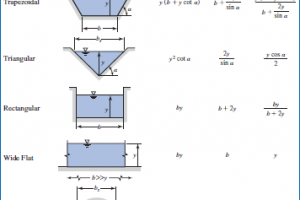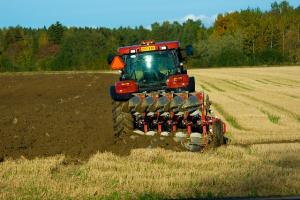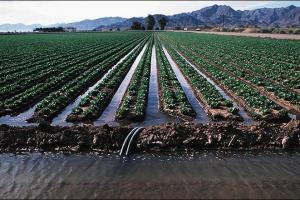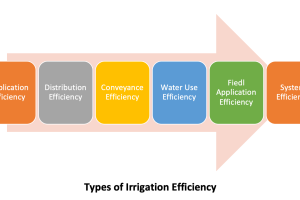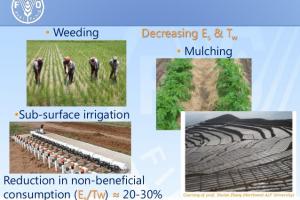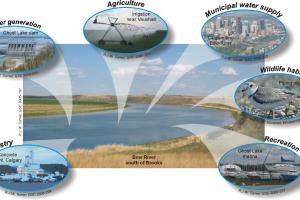Definition, Types & Comparison of Open & Pipe Flow
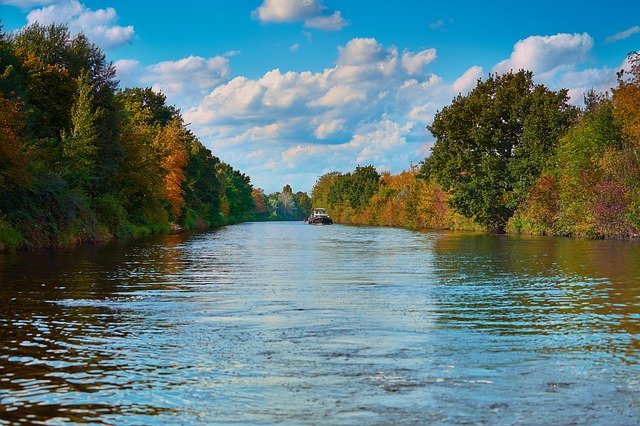
Definition:
It is usually the flow in an Open Channels
Surface Flow:
The flow which is above the ground level is called surface flow.
Ground Flow:
The flow which is below the surface of the earth is called ground flow.
Hydraulics:
Deals with the study of surface water only
Ground Flow:
Deals with the surface as well as ground water water.
| Partially filled pipes flow: partially filled pipes have flow which is not enclosed on all sides and air is present above it so is under atmospheric pressure. |
Differences between open and pipe flow
- Open channel flow has a free water surface
- Open channel flow is subjected to atmospheric pressure while pipe flow is not (when pipe is full).
- Open channel flow is not completely enclosed by boundaries, unlike pipe flow.
- Open channel is always under the action of gravity, while pipe can be under gravity or may flow due to some external pressure.
Open Channel flow (Free Gravity flow):
Open Chanel flow is that type of flow which is neither completely enclosed by the boundaries nor is under any external pressure but gravity. It is subjected to atmospheric pressure. e.g. Rivers, natural and artificial canals, streams, channels etc. Partially filled pipes flow is also an example of open channel flow.
Types of open channel flow
Steady Flow:
For open channel, the flow is steady if the depth of flow does not change with respect to time at a particular location or section.
|
Why to study open channel flow: For construction of successful hydraulic structures. Open channel flow is difficult to deal with because:
|
Unsteady flow:
For open channel, the flow is unsteady if the depth of flow changes with respect to time at a particular location or section.
Uniform flow:
For open channel flow, the flow is uniform if the depth of flow remains constant along a certain length of the channel.
Non Uniform flow:
For open channel flow, the flow is non uniform if the depth of flow does not remains constant along a certain length of the channel.
Gradually Varied flow:
If the depth of flow changes over a relatively long distance along the length of a channel, then the flow is called gradually varied flow.
Rapidly Varied flow:
If the depth of flow changes over a relatively short distance along the length of a channel, then the flow is called rapidly varied flow.





